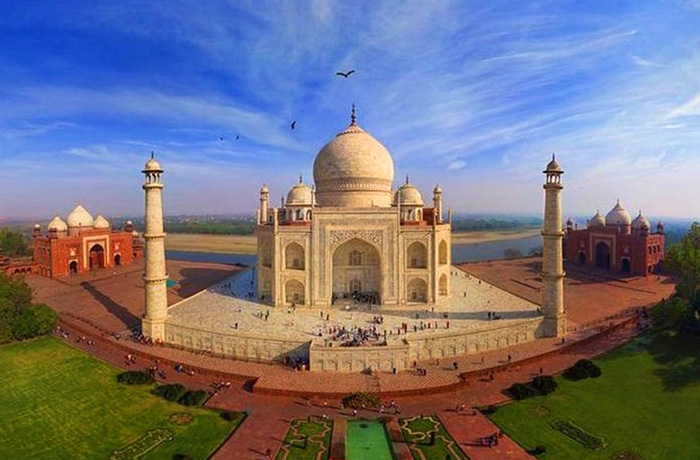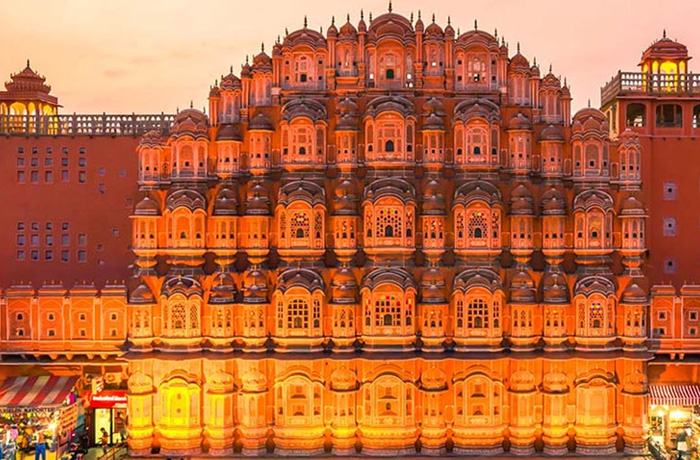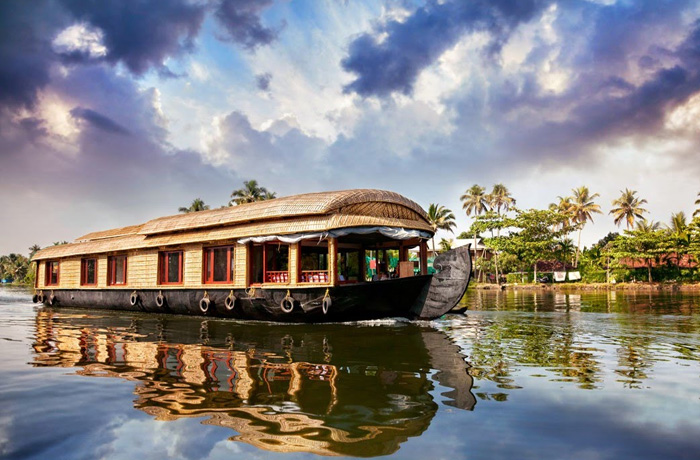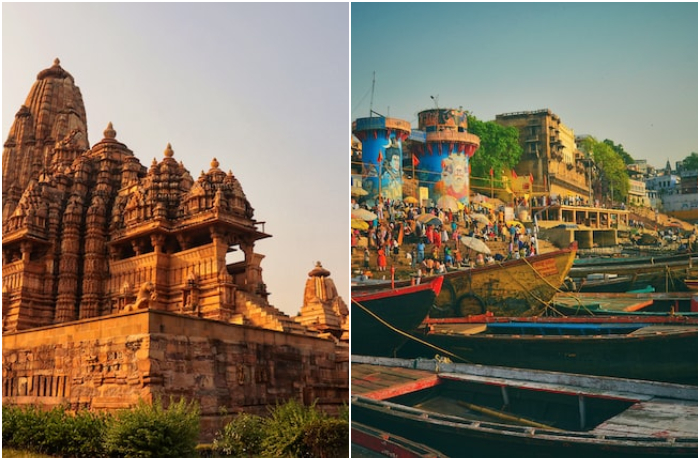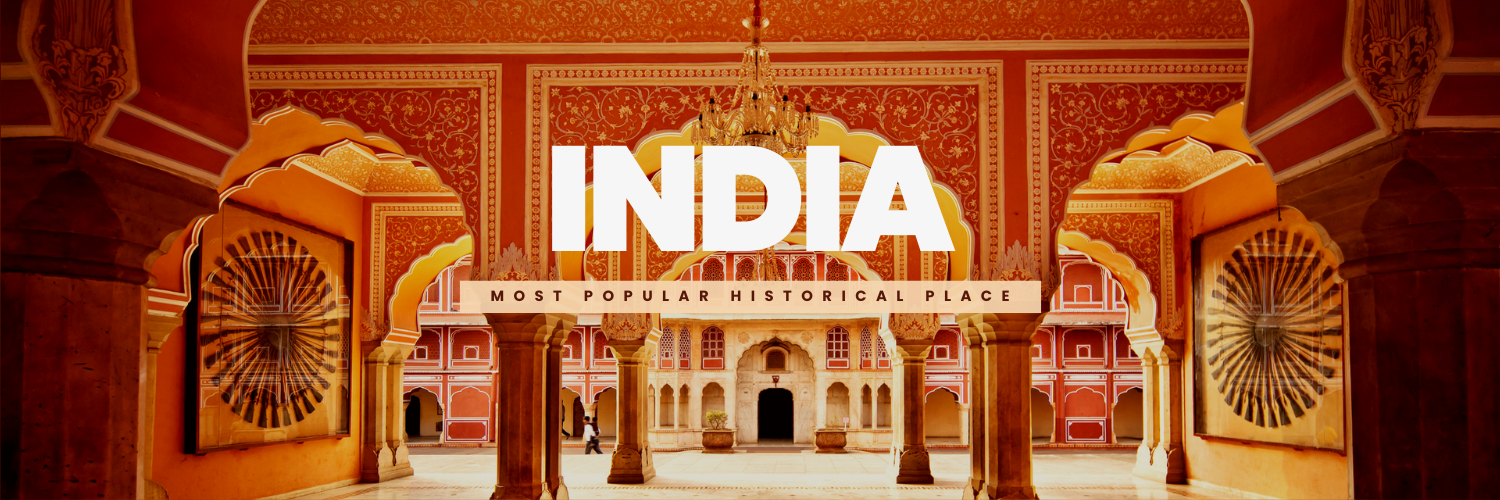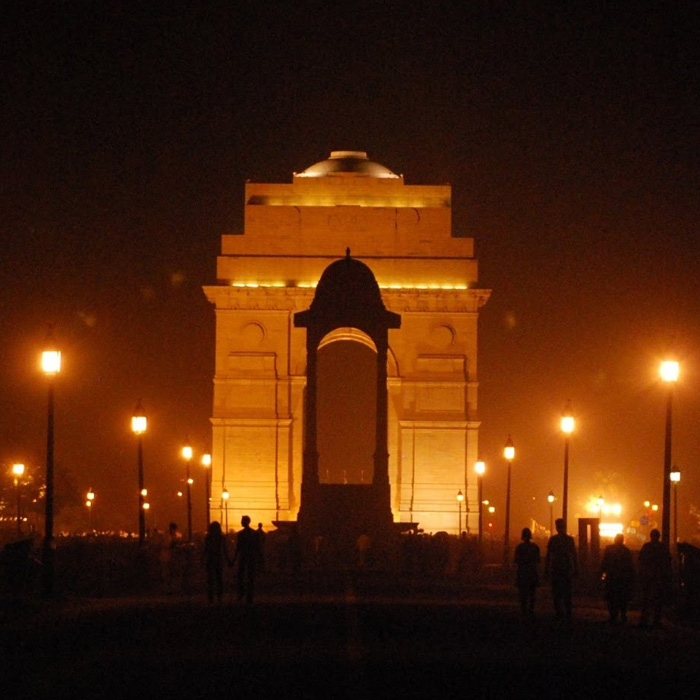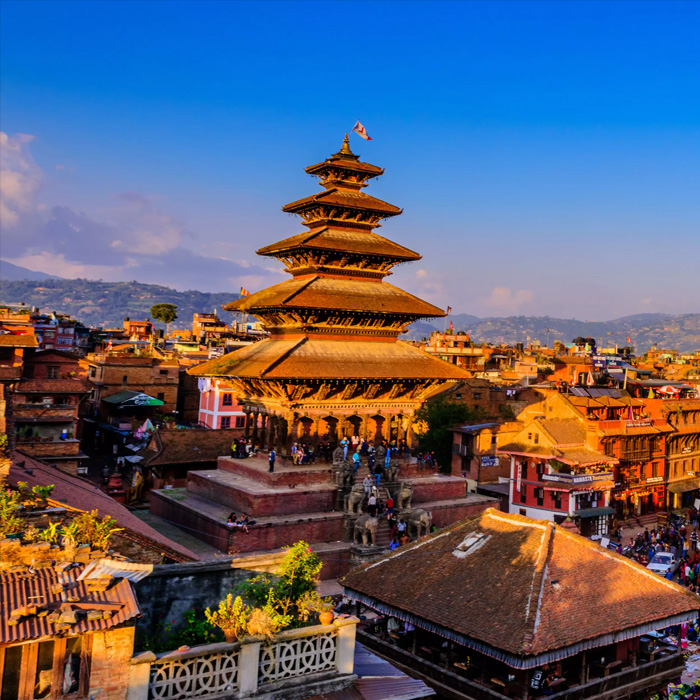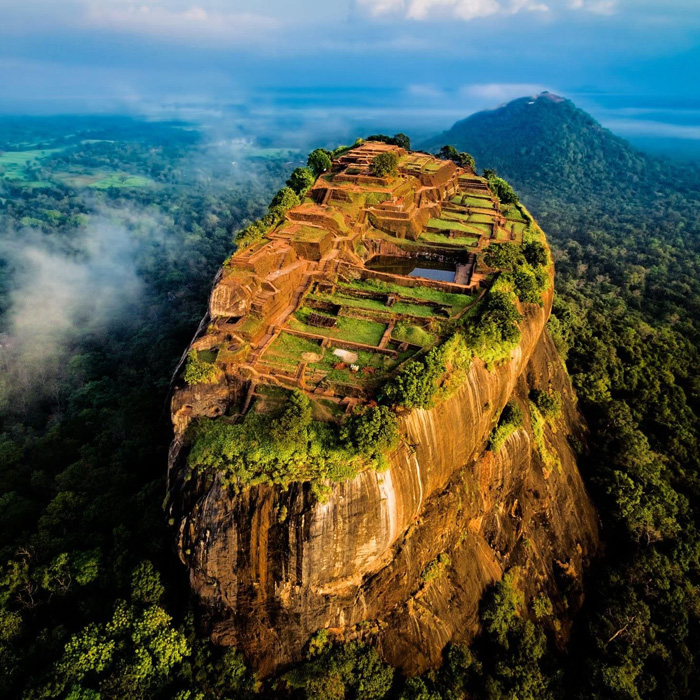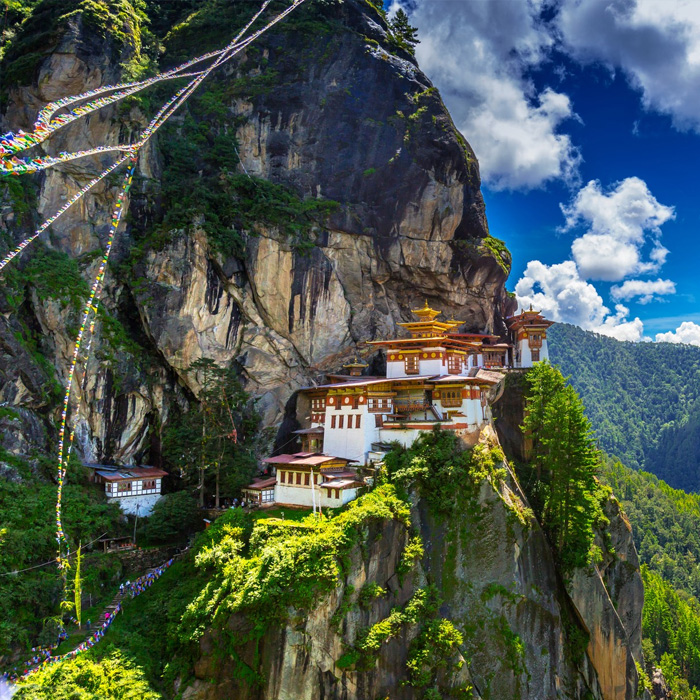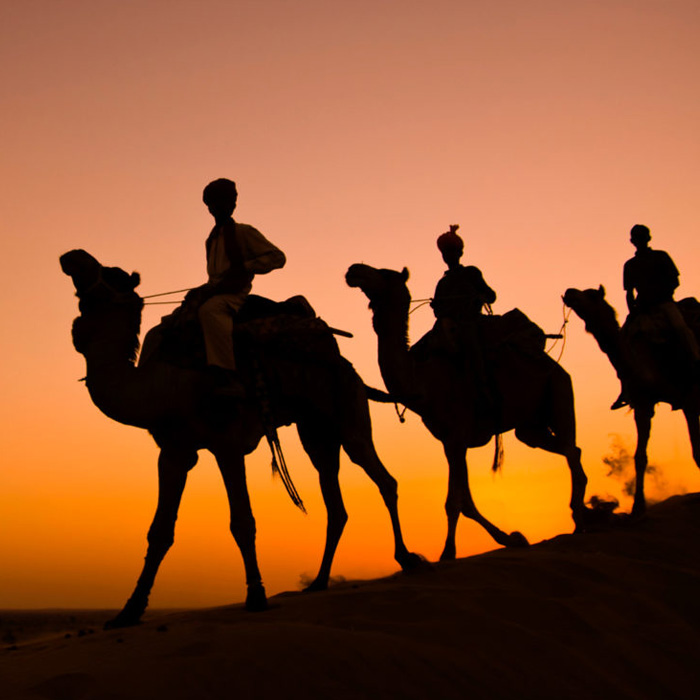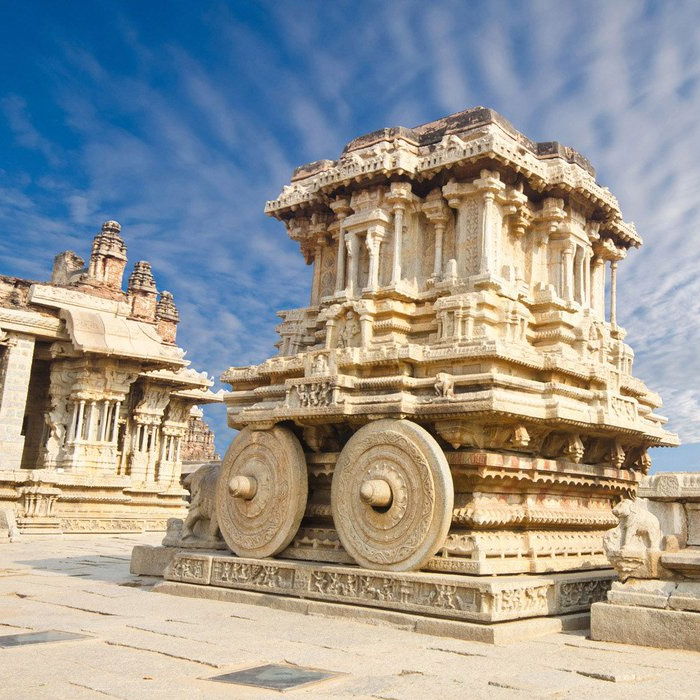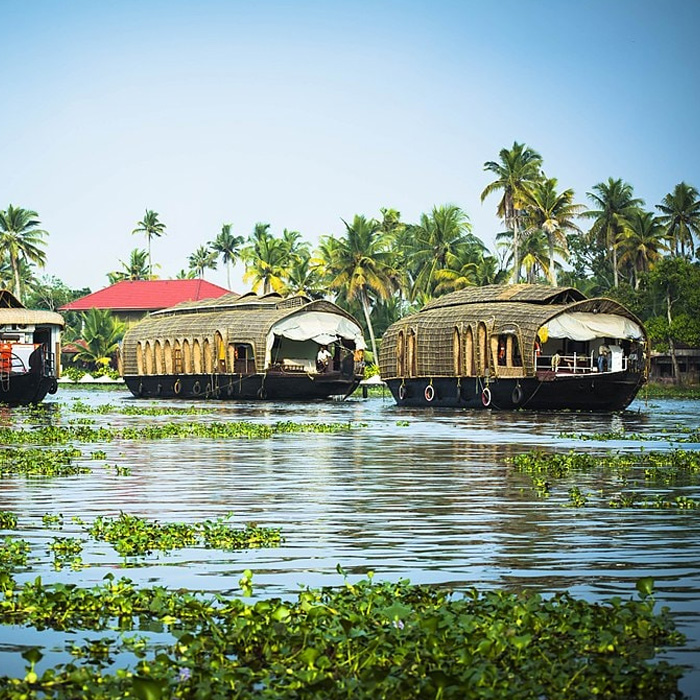1. The Timeless Beauty of India’s Monuments
India is home to some of the most iconic monuments in the world. The Taj Mahal in Agra, a symbol of eternal love, is a masterpiece of Mughal architecture. The Red Fort, Qutub Minar, and Humayun's Tomb in Delhi stand as testaments to India’s glorious past.
Other notable heritage sites include the Ajanta and Ellora Caves in Maharashtra, which showcase intricate rock-cut architecture, and the Sun Temple in Konark, an ode to India’s architectural brilliance. Exploring these monuments is a must for those keen on experiencing India’s cultural heritage.
2. Spiritual Sojourns: Temples and Religious Sites
India’s spiritual essence is reflected in its ancient temples and sacred sites. Varanasi, one of the world’s oldest cities, offers a unique spiritual experience with its ghats and the sacred Ganges River. The Golden Temple in Amritsar, a symbol of equality and spirituality, is another must-visit.
The temples of South India, including Meenakshi Temple in Madurai and Brihadeeswarar Temple in Thanjavur, are architectural marvels that reflect the cultural richness of India. These spiritual sites are a window into India’s deep-rooted traditions.
3. Festivals That Celebrate India’s Diversity
India’s cultural heritage comes alive in its festivals, which showcase the country’s vibrant traditions. Diwali, the Festival of Lights, and Holi, the Festival of Colors, are celebrated with unmatched enthusiasm.
Other festivals like Durga Puja in West Bengal, Navratri in Gujarat, and Pongal in Tamil Nadu highlight the regional diversity of India’s cultural landscape. These festivals are a perfect opportunity to immerse yourself in the joy and spirit of India.
4. Traditional Art and Handicrafts
India’s rich heritage is deeply intertwined with its art and handicrafts. From the intricate embroidery of Kashmir to the Pattachitra paintings of Odisha, every region in India has its unique artistic expression.
The colorful textiles of Rajasthan, the wooden toys of Channapatna, and the exquisite pottery of Khurja are examples of India’s thriving handicraft traditions. Exploring these crafts offers insight into the traditional art of India and its timeless allure.
5. Culinary Heritage: A Feast for the Senses
India’s culinary diversity is a vital part of its cultural heritage. Each state offers unique flavors, from the spicy curries of Kerala to the savory chaats of Delhi.
Don’t miss the royal Rajasthani thali, the aromatic biryanis of Hyderabad, and the delectable sweets of Bengal like rasgulla and sandesh. Indian cuisine is a delicious way to experience the cultural richness of India.
6. Historical Cities: Walking Through the Past
Cities like Jaipur, Udaipur, and Mysore are steeped in history, offering a glimpse into India’s royal heritage. Jaipur’s Amer Fort, Udaipur’s City Palace, and Mysore’s grand palace are treasures of India’s cultural heritage.
Delhi, the capital city, is a blend of old and new, with historical landmarks like India Gate and Jama Masjid coexisting with modern marvels. A walk through these cities is a walk through India’s rich history.
7. Folk Music and Dance: A Melodious Legacy
India’s folk music and dance forms are integral to its cultural heritage. Kathak from North India, Bharatnatyam from Tamil Nadu, and Odissi from Odisha are classical dance forms that narrate tales of devotion and mythology.
Folk music traditions like Rajasthan’s soulful Manganiyar tunes and Punjab’s energetic Bhangra beats capture the heart of India’s cultural legacy. Watching a live performance is an unforgettable experience.
8. Exploring India’s Tribal Heritage
India’s tribal communities are custodians of unique traditions and customs. States like Chhattisgarh, Odisha, and Nagaland are known for their tribal festivals, crafts, and way of life.
The tribal art of Warli, the colorful Dhokra metalwork, and the vibrant attire of the tribes reflect the diversity of India’s cultural heritage. Visiting these communities offers a rare insight into an untouched side of India.
9. The Legacy of Indian Literature
India’s literary tradition is as old as its history. From the ancient Vedas and Upanishads to modern authors like Rabindranath Tagore, Indian literature reflects the country’s intellectual depth.
Exploring India’s literary heritage offers a deeper understanding of its philosophy, culture, and traditions. It’s a journey through the timeless wisdom of India’s cultural richness.
10. Preserving India’s Cultural Heritage
Efforts to preserve India’s rich cultural heritage are vital for future generations. Initiatives like UNESCO World Heritage designations and local cultural festivals play a significant role. Travelers can contribute by respecting local traditions and supporting eco-friendly tourism.
India’s cultural wealth is not just a treasure to admire but a legacy to cherish and protect.
